
The conservation status of a group of organisms indicates whether the group still exists and how likely the group is to become extinct in the near future. Many factors are taken into account when assessing conservation status: not simply the number of individuals remaining, but the overall increase or decrease in the population over time, breeding success rates, and known threats. Various systems of conservation status exist and are in use at international, multi-country, national and local levels as well as for consumer use.

An IUCN Red List Critically Endangered (CR) species is one that has been categorized by the International Union for Conservation of Nature as facing an extremely high risk of extinction in the wild. As of 2021, of the 120,372 species currently tracked by the IUCN, there are 6,811 species that are considered to be Critically Endangered.

Notiosorex cockrumi, also called Cockrum's gray shrew or Cockrum's desert shrew, is a tiny species of shrews named in 2003. This red-toothed shrew, which is as light as a penny, is the first new mammal species from Arizona since 1977. Its range extends from Arizona to central Sonora, Mexico.

A species that is extinct in the wild (EW) is one that has been categorized by the International Union for Conservation of Nature as known only by living members kept in captivity or as a naturalized population outside its historic range due to massive habitat loss.

Villa's gray shrew is a shrew native to northeastern Mexico, where it is called musaraña.
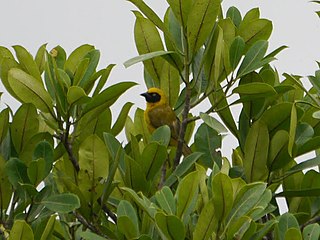
Bannerman's weaver is a species of bird in the weaver family, Ploceidae. It is found in Cameroon and Nigeria. Its natural habitat is subtropical or tropical moist montane forests. It is threatened by habitat loss.

The Somali hedgehog is a species of mammal in the family Erinaceidae. It is endemic to Somalia and Somaliland. The Somali hedgehog is nocturnal.
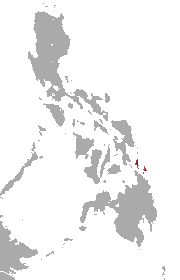
The Dinagat gymnure is a species of mammal in the family Erinaceidae. It is endemic to the Philippines.

The Bornean water shrew is a species of mammal in the family Soricidae. It is endemic to Malaysia. Its natural habitat is rivers. It is threatened by habitat loss.
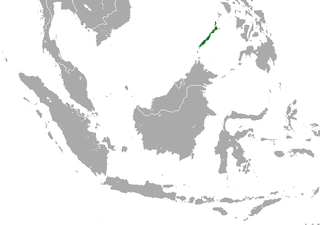
The Palawan shrew is a species of mammal in the family Soricidae. It is endemic to the Philippines and known from Palawan and Balabac Islands, from sea level to 1,300 m (4,300 ft) asl. It occurs in old growth and scrubby secondary forest. Habitat loss (deforestation) is a potential threat to this little known species, although it seems to tolerate habitat loss and modification.

The Ugandan lowland shrew is a species of mammal in the family Soricidae. It is found in Kenya and Uganda. Its natural habitats are subtropical or tropical swamps and subtropical or tropical moist montane forest. It is threatened by habitat loss.
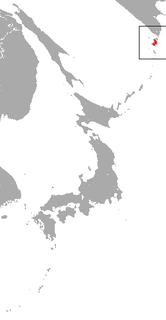
The Paramushir shrew is a species of mammal in the family Soricidae. It is endemic to Russia. Its natural habitat is temperate forests. It is threatened by habitat loss.

Day's shrew is a species of mammal in the family Soricidae. It is endemic to India. Its natural habitat is subtropical or tropical dry forests. It is threatened by habitat loss.
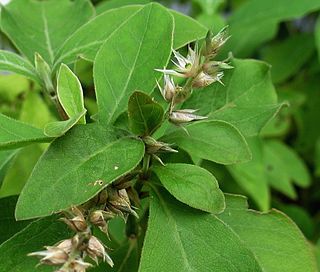
Achyranthes mutica is a species of plant in the family Amaranthaceae. It is endemic to Hawaii. Its natural habitats are dry forests and subtropical or tropical dry shrubland. It is threatened by habitat loss.
Austroblechnum divergens, synonyms including Blechnum divergens, Blechnum rimbachii and Blechnum floresii, is a species of fern in the family Blechnaceae.
Rhodospatha dammeri is a species of plant in the family Araceae. It is endemic to Ecuador. Its natural habitat is subtropical or tropical moist montane forests. It is threatened by habitat loss.
Rhodospatha dissidens is a species of plant in the family Araceae. It is endemic to Ecuador. Its natural habitat is subtropical or tropical moist lowland forests. It is threatened by habitat loss.
Rhodospatha robusta is a species of plant in the family Araceae. It is endemic to Ecuador. Its natural habitat is subtropical or tropical moist lowland forests. It is threatened by habitat loss.












